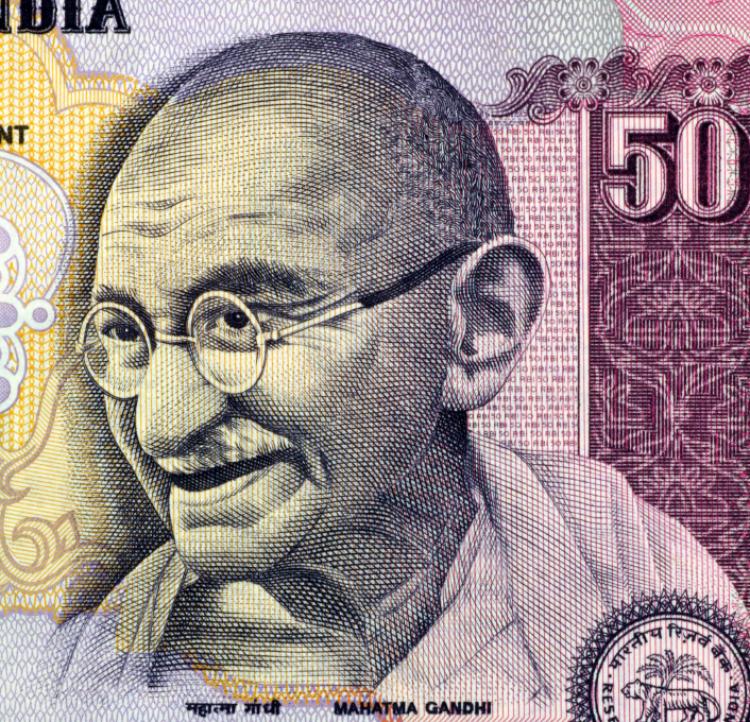Mahatma Gandhi Jayanti
Mahatma Gandhi's birthday (Gandhi Jayanti or Mahatma Gandhi Jayanti) is a gazetted holiday in India on October 2 each year. It marks the anniversary of Mahatma Gandhi's birth on October 2, 1869. Gandhi is remembered for his contributions towards the Indian freedom struggle.

What do People do?
Many people celebrate Mahatma Gandhi's birthday across India. Events include:
- Prayer services, commemorative ceremonies and tributes at locations all over India.
- Art exhibitions and essay competitions.
- The presentation of awards to projects stimulating a non-violent way of life.
- The showing of films and book readings on Mahatma Gandhi's life and achievements.
Many people sing Raghupati Raghava Raja Ram, Gandhi's favorite devotional song. Bunches of flowers or flower garlands are placed on many statues of Mahatma Gandhi throughout India. Some people also avoid eating meat or drinking alcohol on October 2.
Public Life
Government offices, post offices and banks are closed on Mahatma Gandhi's birthday. Stores and other businesses and organizations may be closed or have reduced opening hours. Those wishing to use public transport on the day may need to contact the local transport authorities to check on timetables.
Background
Mahatma Gandhi, also known as Mohandas Karamchand Gandhi, was born on October 2, 1869, and died on January 30, 1948. He was a political and spiritual leader in India and played a key role in the Indian independence movement. Gandhi developed the novel technique of non-violent agitation, which he called "Satyagraha", loosely translated as "moral domination".
He is known for his non-violent civil disobedience in India and South Africa. These included the start of the non-cooperation movement in 1922 and the Salt Satyagraha or Salt (Dandi) March starting on March 12, 1930. Through Gandhi's efforts, India finally gained its freedom on August 15, 1947. The nation mourned for him after he was assassinated on January 30, 1948. The United Nations' (UN) International Day of Non-Violence is also held on October 2 each year to coincide with Mahatma Gandhi's birthday.
Symbols
Three locations in India play important roles in the celebrations of Mahatma Gandhi's birthday. These are:
- The Martyr's Column at the Gandhi Smriti in New Dehli where Mahatma Gandhi was shot on January 30, 1948.
- The Raj Ghat on the banks of the river Yamuna in New Dehli where Mahatma Gandhi's body was cremated on January 31, 1948.
- The Triveni Sangam where the rivers Ganga, Yamuna and Saraswati come together near Allahabad.
The British controlled the production and distribution of cloth in India in the late 1800s and early 1900s. Mahatma Gandhi felt that India could never become independent until the country could produce its own cloth. He encouraged people to spin and weave cotton cloth using small-scale traditional spinning wheels and looms. Hence, simple hand spinning wheels for cotton became an important symbol of the struggle for Indian independence and Mahatma Gandhi's life and work.
Comments
Post a Comment